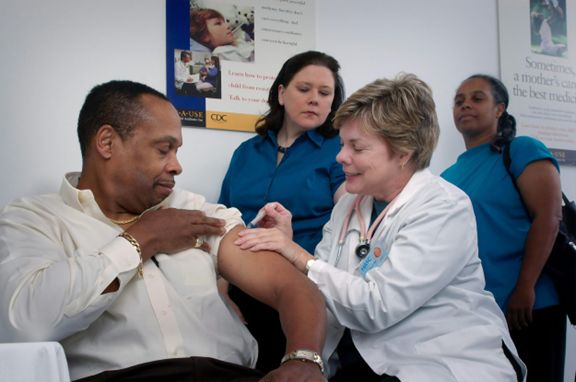Double click to edit


MedFriendly®
"Where Medical Information is Easy to Understand"™

Why Healthcare Workforce Planning Matters
Delivering high-quality patient care depends critically
on healthcare workforce planning since it directly
influences staffing levels, employee happiness, and
general service efficiency. Organizations may greatly
lower wait times, increase treatment access, and
improve patient outcomes by ensuring healthcare
facilities have the correct mix of trained specialists.
Along with addressing burnout and personnel
shortages, proactive workforce initiatives use
technology to maximize scheduling and resource
allocation. In the end, good workforce planning
creates a cooperative atmosphere that prioritizes
patient needs and changes with the changing
expectations of healthcare delivery.
The impact of healthcare workforce planning on patient care
Skilled medical recruiters help ensure that healthcare facilities are staffed with qualified experts, directly
influencing patient treatment quality. This smart staffing reduces wait times, improves access to services,
and increases patient satisfaction. Moreover, ideal team dynamics promoted by suitable staffing numbers
improve staff cooperation, hence improving the standards of care. Healthcare companies can build an
environment that raises patient outcomes by predicting future requirements and matching resources.
Addressing staffing shortages and burnout through workforce planning
Reducing staff shortages and lowering burnout among medical professionals depend much on proactive
workforce planning. Companies may implement plans to attract and keep people more successful
through precise staffing need projections and gap identification. This strategy ensures enough personnel
and encourages a better workplace so staff members can control their tasks without feeling
overburdened. Consequently, healthcare professionals can improve job satisfaction, lower turnover rates,
and give better treatment, benefiting staff members and patients equally.
The role of technology in healthcare workforce planning
Technology greatly increases the efficacy of labor planning in healthcare by using data-driven insights
and process simplification. Modern analytics technologies let companies evaluate staff, project future
needs, and spot trends in worker dynamics. By guaranteeing the correct people are anywhere at the right
time, scheduling software maximizes staff assignments, reducing stress and increasing patient care.
Through increased responsiveness and efficiency, these technical developments enable healthcare
professionals to make wise decisions and enhance patient care.
Strategies for effective healthcare workforce planning
Efficient healthcare workforce planning requires a multifaceted strategy combining flexible solutions,
ongoing evaluation, and stakeholder involvement. Frequent evaluation of workforce statistics, including
patient demand and personnel turnover rates, helps pinpoint development areas and guides the next
hiring decisions. Interacting with employees at all levels guarantees that the planning process tackles
actual problems and promotes a cooperative culture. While keeping service standards, part-time or per-
diem employment can assist businesses in meeting evolving patient needs. Combining these
approaches enables medical professionals to create a strong workforce for present and future needs.
Conclusion
Good workforce planning is essential for patient care and the healthcare system's sustainability. Using
technology, carefully controlling labor shortages, and lowering burnout will enable companies to satisfy
changing consumer demands with a flexible and efficient workforce. Constant evaluation and
involvement of stakeholders help healthcare professionals overcome obstacles and use adaptable
staffing patterns, creating an environment where high-quality treatment is constantly given. Giving
workforce planning top priority can ensure improved patient outcomes and preserve a happy and
engaged workforce as the healthcare environment develops.
Image attributed to Unsplash.com











